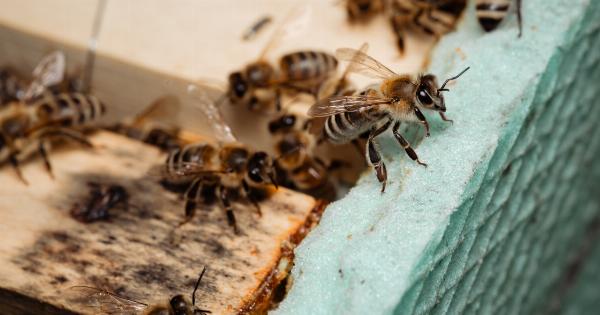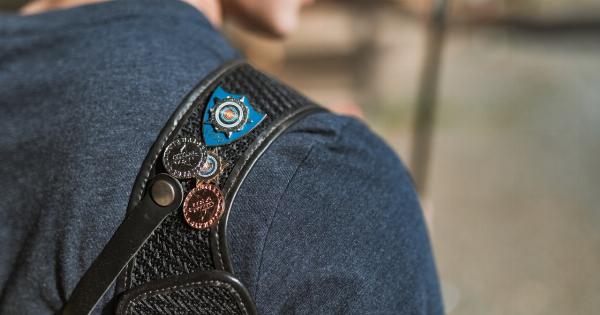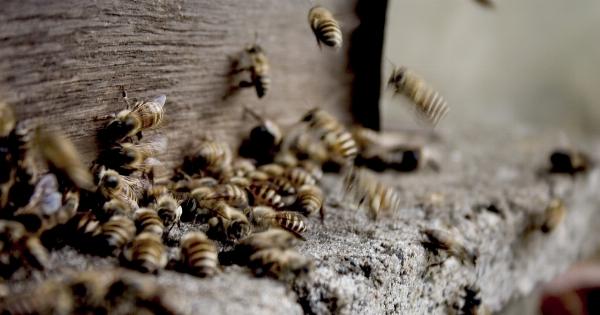Getting stung by a wasp can be a scary and unpleasant experience. It can be painful and cause symptoms such as redness, swelling, and itching. However, it’s essential to stay calm and take appropriate measures to treat a wasp sting.
Here are ten things you can do if you get stung by a wasp:.
1. Remove the Stinger
The first step in treating a wasp sting is removing the stinger if it’s still present. Wasps, like bees, have stingers that can remain in the skin, and removing the stinger will prevent more venom from entering your body.
You can use a credit card or your fingernail to scrape the stinger out of the skin. Avoid squeezing the stinger, as this can release more venom into your skin.
2. Wash the Sting Area
After removing the stinger, clean the sting area with soap and water to prevent infection. You can also use an antiseptic to reduce the risk of infection. Dry the area with a clean cloth or paper towel.
3. Apply a Cold Compress
Applying a cold compress on the sting area can help reduce swelling and pain. You can use a cold compress or ice wrapped in a towel and apply it to the sting area for 10-15 minutes. You can repeat this several times a day to get relief from the symptoms.
4. Take Painkillers
If you are experiencing severe pain, you can take over-the-counter painkillers such as acetaminophen (Tylenol), ibuprofen (Advil), or aspirin. These medications can help relieve pain and reduce inflammation.
However, avoid giving aspirin to children below the age of 16 years old.
5. Try a Sting Relief Product
You can also use a sting relief product such as a cream, ointment, or spray to reduce the symptoms of a wasp sting. These products contain ingredients such as lidocaine or benzocaine that can help numb the skin and reduce pain and itching.
6. Avoid Scratching the Sting Area
Scratching the sting area can worsen the symptoms and cause infections. Avoid scratching the area, even if it’s itchy. Instead, use a cold compress or take antihistamines to relieve itching.
7. Avoid Allergic Reactions
Some people may develop an allergic reaction to wasp stings. Common symptoms of an allergic reaction include difficulty breathing, swelling of the face, tongue, or throat, and hives.
An allergic reaction can be life-threatening, and you should seek immediate medical attention if you experience any of these symptoms after a wasp sting.
8. Monitor Your Symptoms
After a wasp sting, it’s essential to monitor your symptoms and report any changes to your doctor. If you develop a fever, severe swelling, or redness, or if the symptoms last for more than a week, you should see a doctor.
9. Wear Protective Clothing
If you work outdoors or spend time in areas with high wasp activity, wearing protective clothing can help prevent stings. Wear long-sleeved shirts, pants, and closed-toe shoes.
You can also use insect repellents or traps to reduce the number of wasps in your environment.
10. Avoid Disturbing Wasps
Finally, avoid disturbing wasps or their nests. Wasps are aggressive and can sting in defense if they feel threatened. If you notice a wasp nest in your home or surroundings, contact a pest control professional to safely remove it.






























